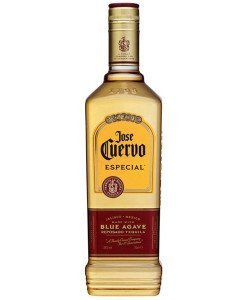Tequila
Buy Tequila online at Bebevino
Tequila is an alcoholic beverage extracted from distilled oil, originally from Amatitán, Jalisco, Mexico. It is fermented and distilled from the juice extracted from the agave, especially the so-called "agave Azul" (agave tequila, Azul variety), like mezcal, it is also originally from Jalisco. It is native to the five states of the Mexican Republic (Guanajuato, Michoacán, Nayarit, Tamaulipas and Jalisco, since in the first three states it can only be produced in some cities near the state of Lisco).
It is considered the most iconic drink in Mexico. As a tequila drink more than mezcal, it is believed that the drink has nothing to do with the production or distillation of tequila, but it is very important to mention that tequila is considered a specific type of mezcal, this is the Weber agave. From it the Azul variety is obtained, because from fourteen different types of agave different varieties of mezcal can be obtained.
The purity of tequila is that it is made entirely from agave. When the tequila doesn't say that the tequila is 100% tequila on the label, it is a mixed tequila. This means that part of the sugar obtained from the agave is mixed with other sugars during the production process. Under Mexican law, mixed tequila can contain at least 51% agave and up to 49% sugars. In mixed tequila, agave is mixed with corn syrup or sugar cane.












